
Technology
Latest News
Latest Videos

CME Content
More News

Douglas L. Mann, MD, professor of medicine at Washington University School of Medicine in St. Louis and editor-in-chief of JACC: Basic to Translational Science discussed the first set of data reported on NTLA-2001, a novel investigative intravenous agent that targets the TTR gene and TTR protein levels, which have been shown to play a role in development of cardiac transthyretin (ATTR) amyloidosis.

Brent W. Miller, MD, board certified nephrologist and professor of clinical medicine at Indiana University School of Medicine, discussed new and emerging technologies for at-home hemodialysis and peritoneal dialysis, as well as efforts that have been made to address uptake issues for patients with kidney disease.

Only 18% of US adults with cardiovascular disease (CVD) and 26% of adults at risk for CVD use wearable health devices.
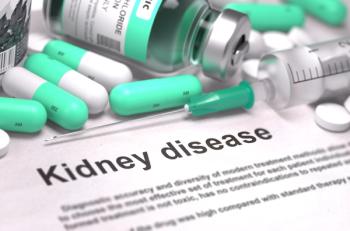
Sessions at Kidney Week 2022 range from combatting medical misinformation to learning about the latest clinical advances, as well as championing health equity for patients with kidney disease.

In a proof-of-concept analysis, researchers show that machine learning methods paired with longitudinal patient-reported outcomes (PRO) data were able to classify subsequent rheumatoid arthritis (RA) disease activity after beginning treatment with a biologic
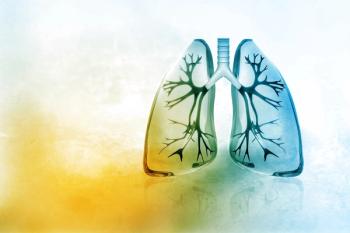
It is not yet clear what continuous glucose monitoring metrics should be used for a diabetes diagnosis in people with cystic fibrosis.


Data suggest that the technology may be an option for patients who are ineligible for autologous stem cell transplantation (ASCT) based on certain patient characteristics, prior treatments, stem cell availability, or tumor chemosensitivity.

Would older adults use an app to assess the safety of their homes before joint replacement surgery, and if so, what might it feature? Researchers conducted a feasibility study to find out more.

Telemedicine may be the future of health care for American Indians and Alaskan Natives who live in tribal communities and remote areas.

Patients have to always come first, and technology can enhance their care experience, stated Anne Marie F. Rainey, MSN, RN, CHC, director of quality and value-based care at Clearview Cancer Institute.

On day 1 of this year’s Association of Community Cancer Centers’ (ACCC) National Oncology Conference, The American Journal of Managed Care® sat down for a conversation with David Penberthy, MD, MBA, ACCC’s president for the 2022-2023 term, and his brother Scott Penberthy, PhD, MS, director, Applied AI, Office of the CTO, at Google.

There have been many silver linings of the pandemic, including improvements in financial, operational, and clinical advancement efficiencies, as well as addressing the total cost of care in population health management, said Mike Koroscik, MBA, MHA, vice president of oncology, Allina Health and the Allina Health Cancer Institute.

Much of artificial intelligence (AI) is now being used in the more mundane areas of health care, figuring out where to be most helpful, so doctors can do what they do best, which is diagnostic care, noted Scott Penberthy, PhD, MS, director, Applied AI, Office of the CTO, at Google.
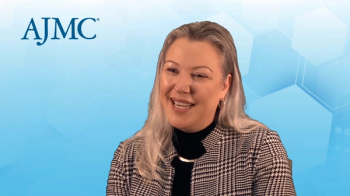
Kelly Price, US Head of Rare Disease at HRA Pharma, argues proving the value of the prescription digital therapeutic (PDT) market may lead to better coverage of PDTs.
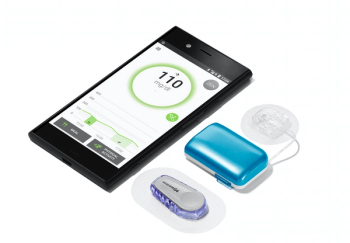
Along with its position statement in Diabetologia, the group outlined recommendations that seek greater structure and consistency for automated insulin delivery (AID) manufacturers as they develop products for use by persons with type 1 and type 2 diabetes.

The authors describe a primary care–based diabetic retinopathy screening program incorporating telemedicine, strong health information technology engagement, and development of clinical informatics tools.
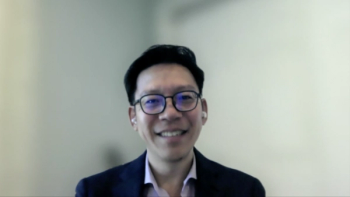
It is an exciting time in the field of retina for emerging technologies, said Paul Hahn, MD, vitreoretinal surgeon at NJRetina.

Posters presented at AAO 2022 found that family medicine doctors and artificial intelligence (AI) were able to screen patients for diabetic retinopathy (DR) effectively, although false negatives in AI need to be improved.
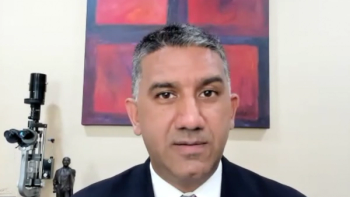
The ophthalmology practice of the future will need to manage patients more efficiently and that means incorporating more technology, said Ravi Goel, MD, spokesperson for the AAO and ophthalmologist at Regional Eye Associates in New Jersey.
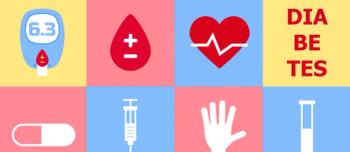
Data showed that patients using diabetes technology incorporated different strategies to prevent nocturnal hypoglycemia vs patients who did not use such technology.

This new series of cases suggests that technology can help nurses remotely identify relevant health events that could be indicative of exacerbations or changes in their condition.

Ophthalmology is image heavy, which has made the specialty amenable to telemedicine and the implementation of artificial intelligence, said Grayson Armstrong, MD, medical director, ophthalmic emergency services at Massachusetts Eye and Ear, and instructor in ophthalmology at Harvard Medical School.

As health care shifts reimbursement models from fee-for-service to value-based care, new terms and phrases have been surfacing across the industry. Two of the terms emerging with increased usage are “patient engagement” and an “active patient.” But what do they mean? And why are they important?
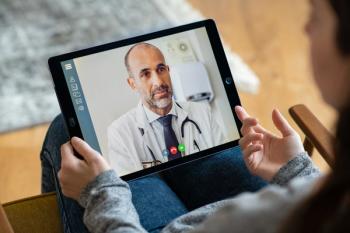
Consumers want telehealth and telehealth can help achieve organizational goals of avoiding unplanned care, closing care gaps, and achieving care targets.



















































